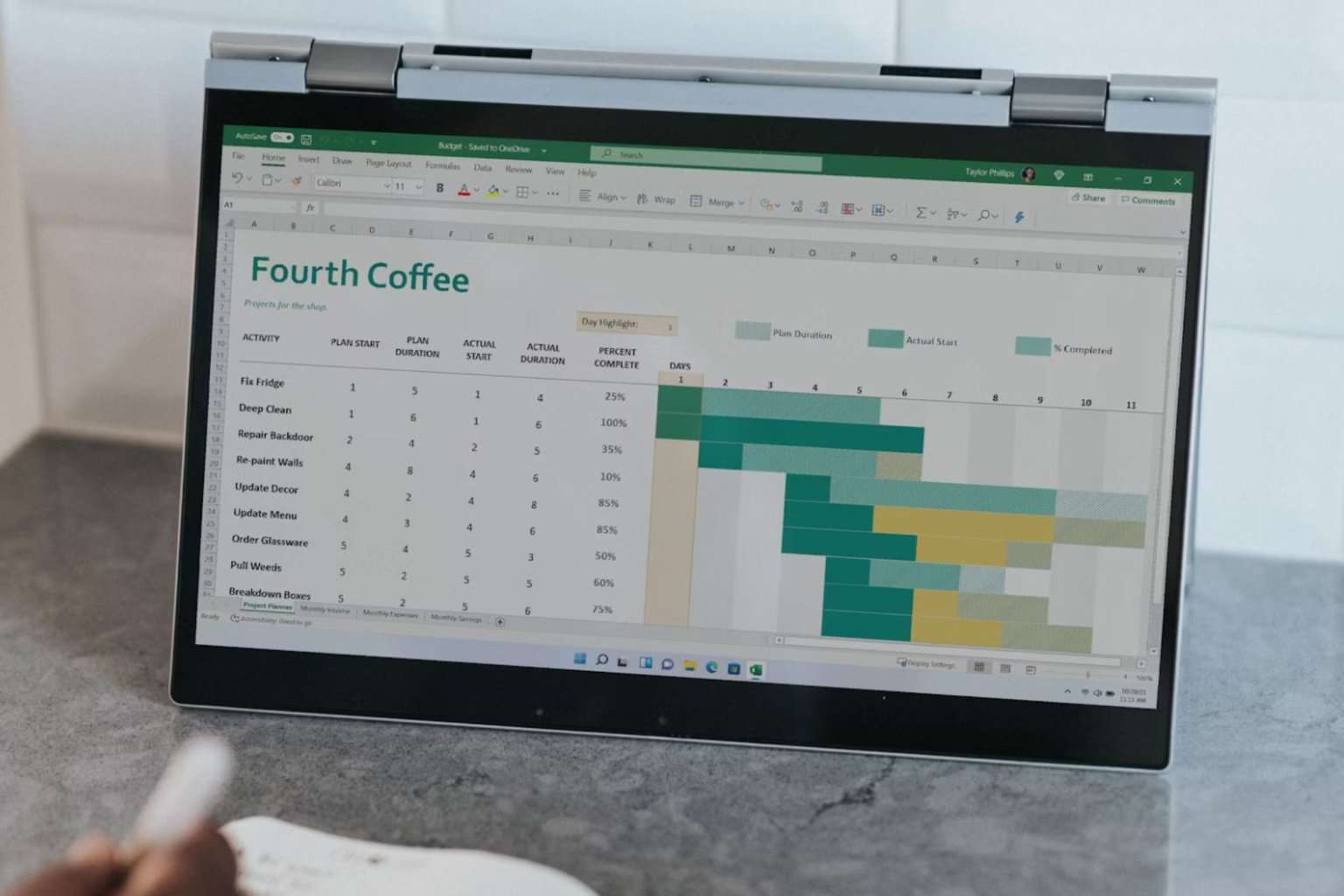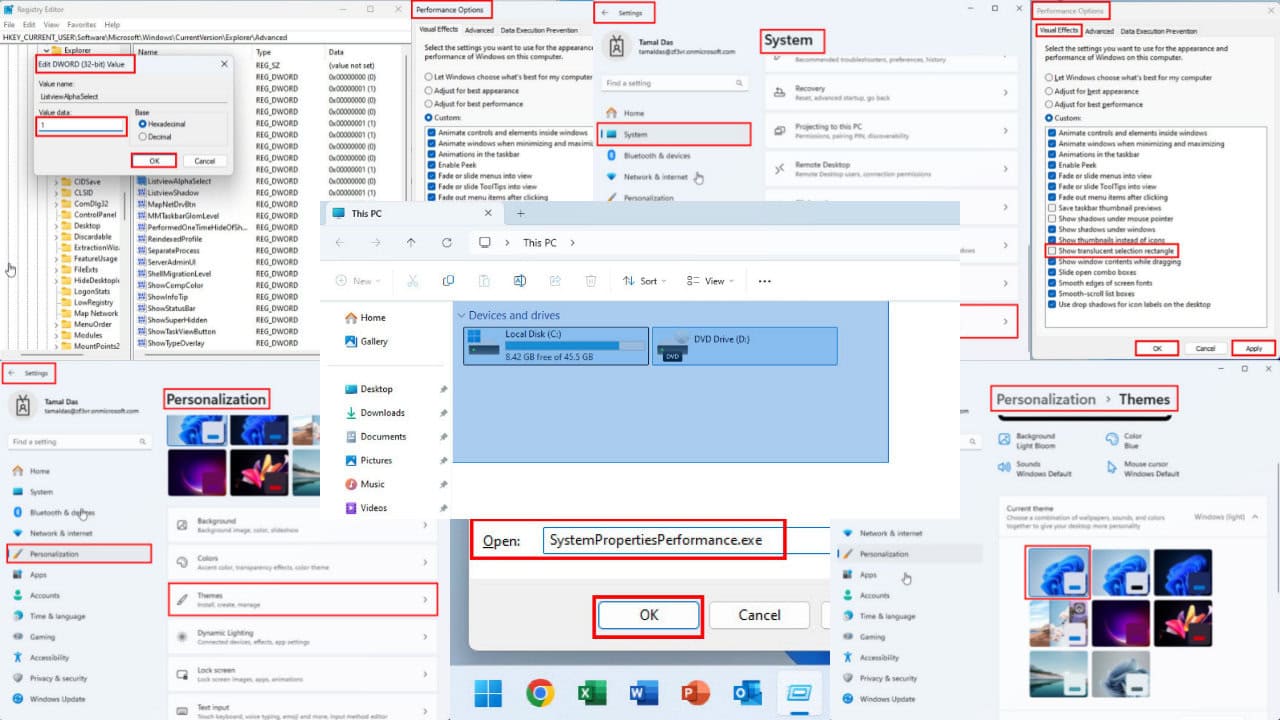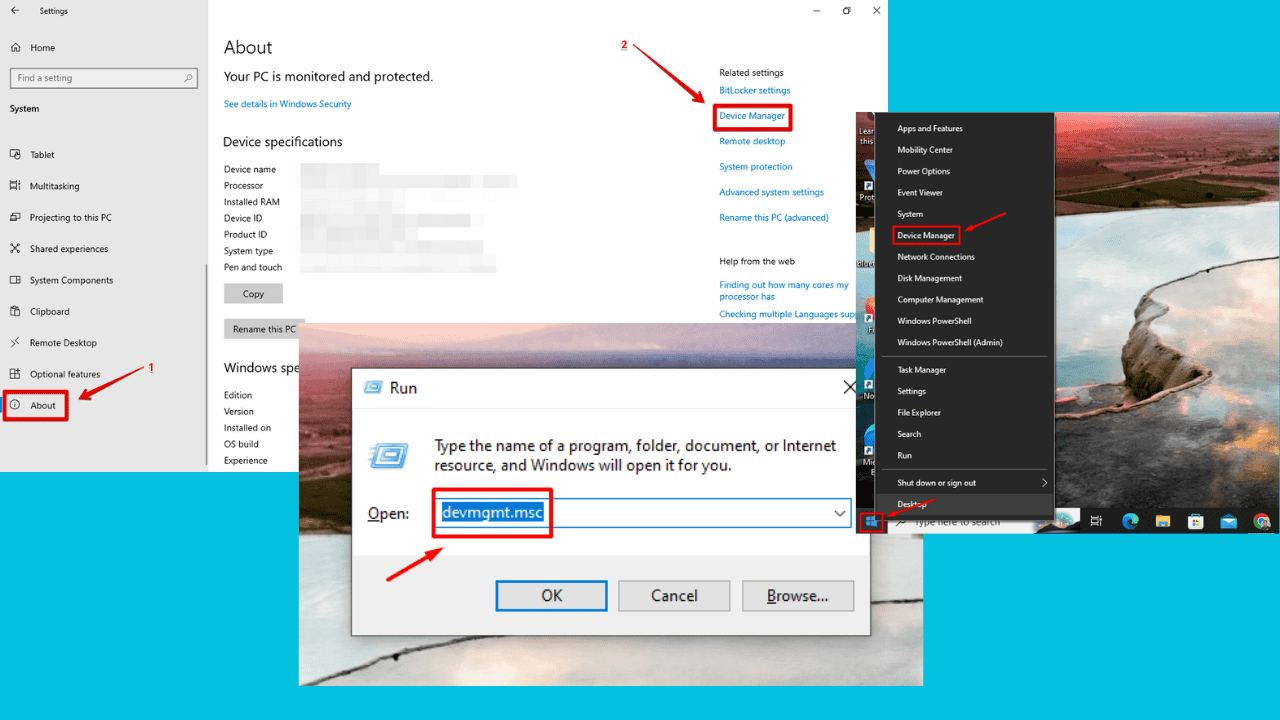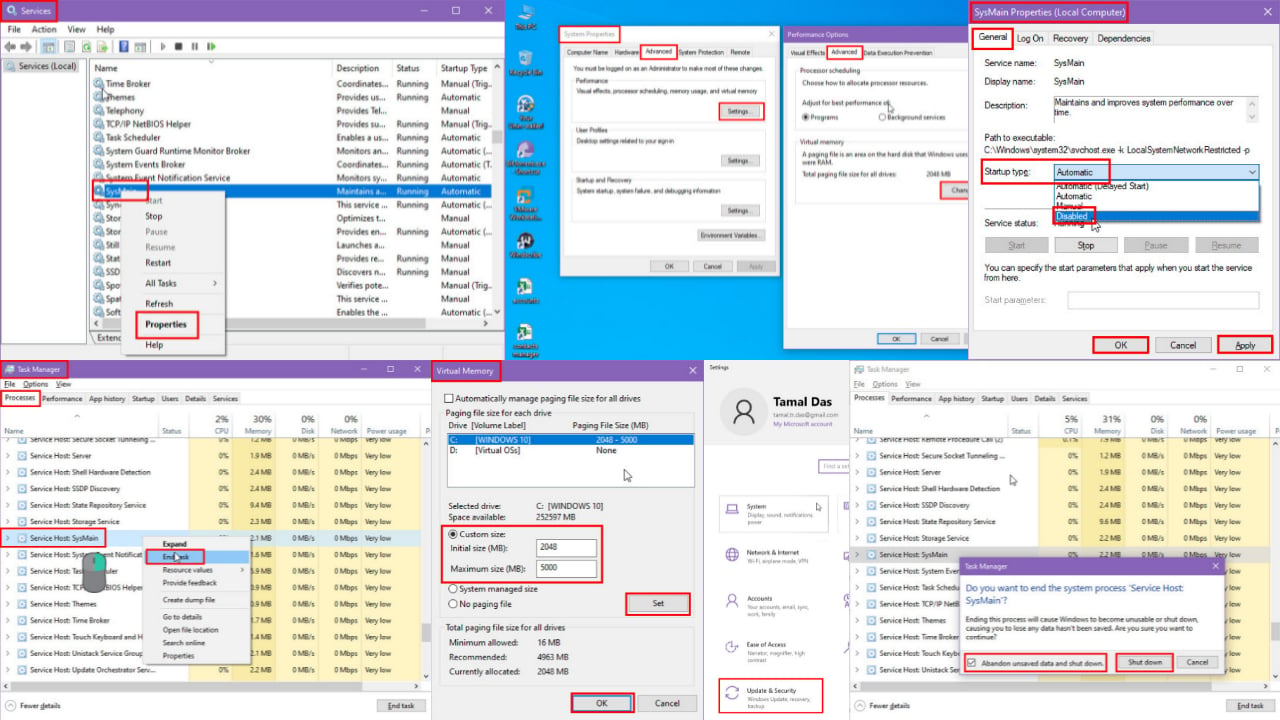Windows Server gets improvised nano containers and bi-annual feature updates
2 min. read
Updated on
Read our disclosure page to find out how can you help Windows Report sustain the editorial team. Read more

After announcing its plans to release two major feature updates for Windows 10 and Office every year, Microsoft has now extended the same release cycle to the Windows Server as well. Microsoft will be releasing two feature updates every year, one in spring and another one in fall. This will also bring the Windows Server, Windows, and Office cycle into the same timeline. With the new update cycle in place, customers will be able to access to new features faster than before. Additionally, System Center will also be releasing their major updates that follow the same bi-annual cycle.
Customers will be able to get access to Windows Server in the semi-annual channel via the following ways:
- Windows Server Standard or Datacenter customers who are covered by Software Assurance will automatically have access to semi-annual channel releases as they are made available. Servers without Software Assurance do not have rights to the semi-annual channel releases.
- Customers can also access these new Windows Server images in Azure or other cloud environments. Plus, if you have existing Windows Server licenses with Software Assurance, you should take advantage of the savings (up to 40%!) when you use the Azure Hybrid Use Benefit.
Microsoft also made some changes when it comes to the nano server for the containers. After extensive feedback from customers, Microsoft understands that the Nano Server for containers is the highest priority and that smaller is better. Keeping these suggestions in mind, Microsoft has now promised that the Nano Server images will shrink in size by more than 50% and this will help improve the startup time and container density as well.
Furthermore, Microsoft also announced that the Server Core will be included in the semi-annual channel. The Server Core is often referred to as the “headless” installation of the operating system including all the roles and features deemed necessary to run data centere servers. Microsoft is also recommending the Server Core for hosting the virtual machines and the containers.








User forum
0 messages